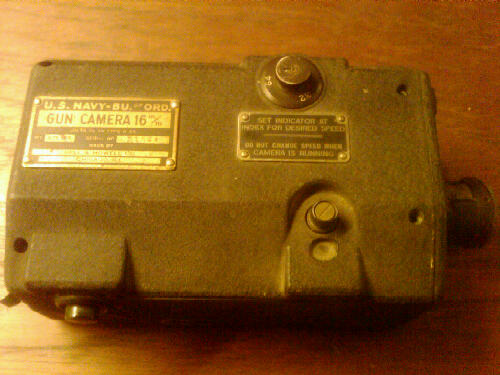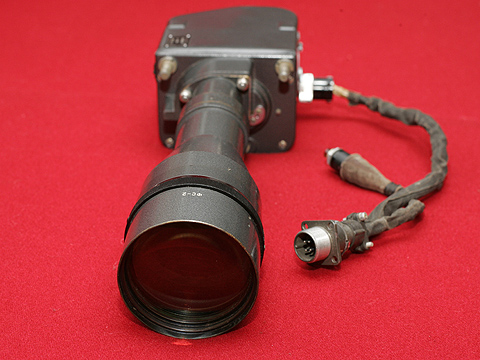DCAP compendium: what’s happened so far in 2012, what’s to come
I’m constantly writing – just not on danielacapistrano.com, it turns out. I’ve found that it’s faster and more effective to connect with folks and access needed resources through my various social platforms – it works for me. And right now, with everything that is going on in my life, speed and ROI (investment being my time) is critical.
Later in the year, after some of the things go down that I’m about to list in this post, I am going to turn back to my website and make some decisions:
1) What do I want to do with danielacapistrano.com in 2013 and beyond?
2) How am I going to optimally incorporate danielacapistrano.com blog posts and other content into my already active online networks elsewhere?
3) Where will danielacapistrano.com end and dcapmedia.com begin (my in-progress business site)?
While I chew on these very important-to-me questions, here’s a compendium of links that represent my endeavors this year and upcoming things I’m excited about:
DCAP LINKS COMPENDIUM
POC Zine Project
I founded the People of Color Zine Project in 2010. Since then, a rotating cast of volunteers and I have organized events, provided mentorship to POC creating zines and supplied mini grants to several POC who needed them for zine-related costs and travel. I also, through POCZP, successfully advocated for more visibility and inclusion for people of color who create their own publications, particularly those who make zines.
Things really took off this year:
– I scanned and shared the first “Race Riot” compilation as a free e-zine/download (with permission from the author).
– My organizers and I successfully planned and booked (and are really excited to begin) the Race Riot! tour through twelve cities, kicking off in NYC on Sept 24 and ending back in NYC on Oct 7.
– I successfully booked multiple paid speaking gigs on the tour route for POCZP to cover the costs of this 100% volunteer tour (big thanks in part to supporters who did email referrals).
– I partnered with Carey Fuller through POCZP to work on a zines series by and for folks living at or below the poverty line.
– I partnered with an amazing teen through POCZP to produce a zine series by and for black youth ages 15-25.
– I coordinated a partnership between Mimi Thi Nguyen, POCZP and Lisa Darms at the Fayles Library at NYU to receive a donation of zines by people of color for their collection, which will be referenced in an upcoming book through Feminist Press.
– I spoke about POC Zine Project and DIY community strategy at mediabistro’s inaugural Social Curation Summit.
– I went to Chicago in March with other POC Zine Project members to participate on a panel at Chicago Zine Fest … but I had the flu and just managed the livestream details from a friend’s guest room, snotty and barfy and miserable, then caught a plane to Cali for work.
I don’t want to give everything away right now, but next year is going to be huge for POC Zine Project. If you want to get a sense of what we’re about, you can watch the archived video of our first MEET ME AT THE RACE RIOT panel held at Barnard in November of 2011:
Ready for more! Yeah? OK, let’s do this:
(more…)

 Mark III Hythe Machine Gun Camera, 1915
Mark III Hythe Machine Gun Camera, 1915 (via
(via  (via
(via